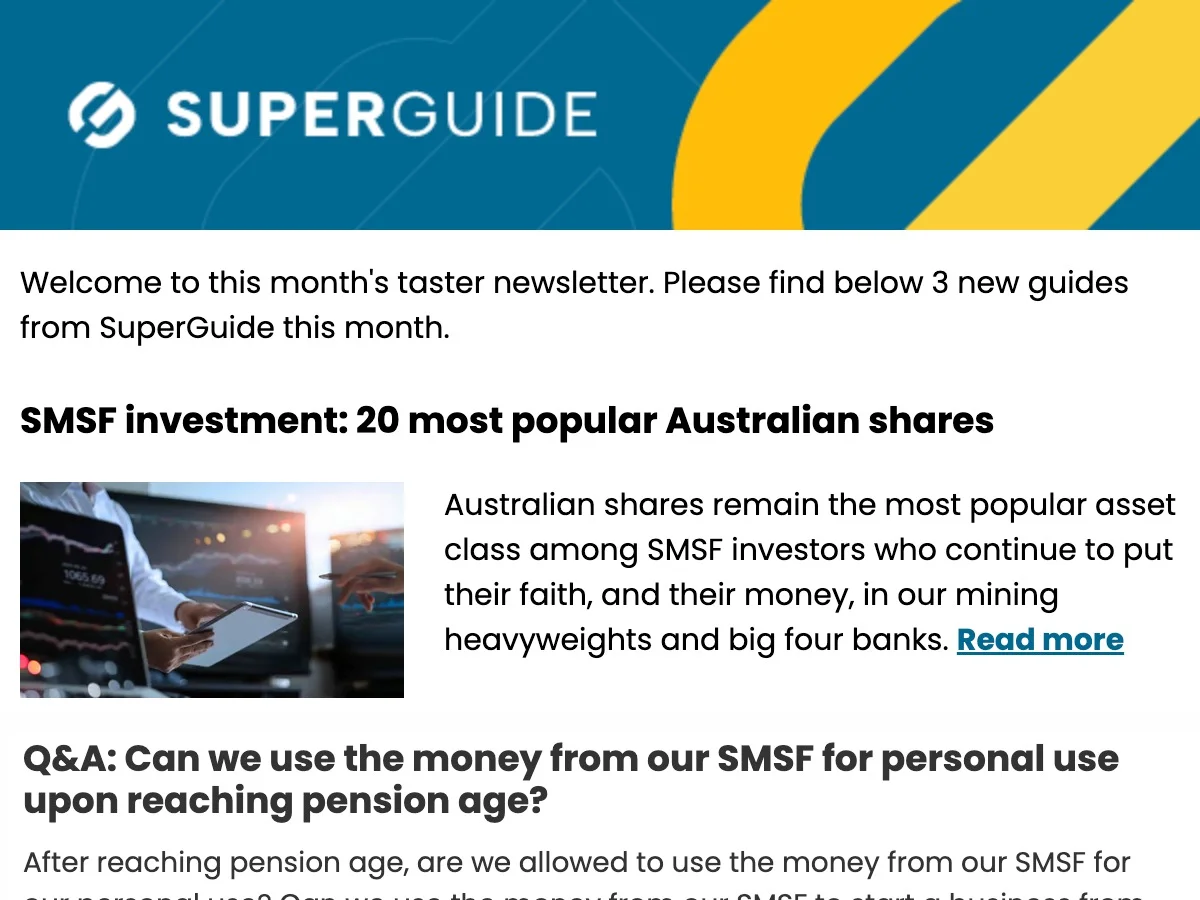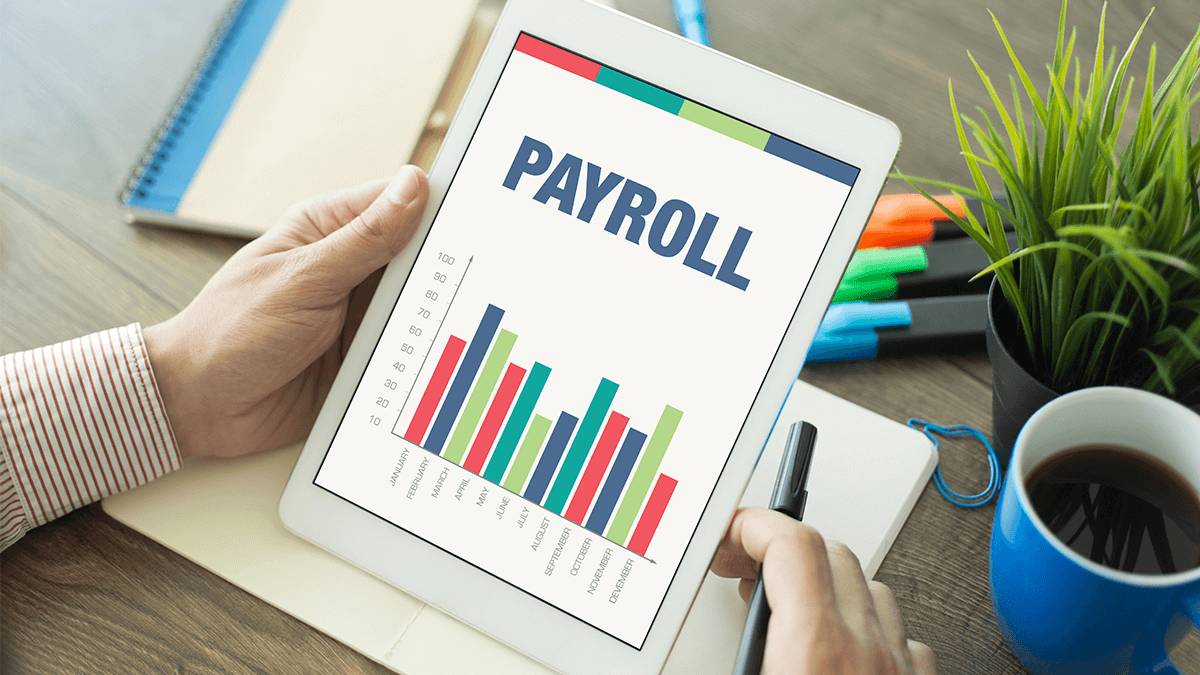In this guide
Single touch payroll (STP) reporting is a streamlined way for employers to provide the Australian Taxation Office (ATO) with payroll information, that is, pay as you go (PAYG) withholding and superannuation guarantee information.
The STP reporting regime was introduced as an integrity measure to hold employers accountable and provide employees with more transparency over their salary and reportable superannuation and fringe benefit entitlements.
As Kimberley Noah, a lawyer with DBA Lawyers explains, Section 389–5 of Schedule 1 of the Taxation Administration Act 1953 (Cth) (TAA) details the amounts that the ATO must be notified of, on the day the relevant amount is withheld or paid. “These amounts broadly comprise salary or wages, ordinary time earnings and PAYG withholdings.”
SMSF obligations?
Noah says it’s important to note that under previous provisions, certain superannuation benefits such as some pensions have received a similar treatment as salary and wages for PAYG and reporting purposes. “This poses the question of whether the STP obligations extend to SMSF trustees in relation to pensions payable to those under 60 years.”
Fortunately, she explains, STP reporting is not directly imposed on SMSF trustees. A careful review of the legislative provisions, that is, Schedule 1 of the TAA, reveals that the STP obligation does not extend to SMSF trustees in relation to paying superannuation benefits.
“Rather, the STP reporting framework operates as an employer obligation and, accordingly, STP reporting obligations will only arise for SMSF trustees if they have employees.”

Free eBook
SMSF investing essentials
Learn the essential facts about the SMSF investment rules, how to create an investment strategy (including templates) and how to give your strategy a healthcheck.
"*" indicates required fields
It’s important to note that employer superannuation contributions made to SMSFs will be tracked via STP.
Vast majority exempt
Lyn Formica, Head of SMSF Technical and Education Services at SMSF administrators Heffron, agrees that fortunately, the vast majority of SMSFs are not subject to single touch payroll.
“The single touch payroll system imposes reporting obligations on employers. An SMSF trustee would not have a reporting obligation under single touch payroll unless it had one or more employees. It is extremely rare for an SMSF to have employees.
She says this is the case even where the SMSF is making payments to members (eg pension payments and lump sum payments). “Historically these sorts of payments have been reported in a similar fashion to an employee’s salary or wages, via a payment summary. While the reporting of an employee’s salary or wages has moved or will, in time, move across to the single touch payroll system, the reporting of payments from superannuation funds has not.”
Technology to comply with the new regime
To meet their STP obligations, employers must use standard business reporting (SBR) enabled software that is STP ready to report the PAYG withholding and superannuation information to the ATO.
“This software allows this data to be reported at the same time that the relevant employee is paid. That is, the data relating to the employee’s salary and wages, PAYG withholding and superannuation information is reported to the ATO in real time at the time the employee is paid,” Noah explains.
The ATO has provided a register on its website of no-cost and low-cost STP solutions.
Formica says as SMSFs are not generally subject to single touch payroll, they won’t usually need to make any specific technology changes.
Manage your SMSF smarter – for free

Access practical, independent guides and checklists to help you run your fund with confidence with a free SuperGuide account.
Find out more“However, as a consequence of single touch payroll, some SMSFs may find that they’ll need to start receiving contribution payments and information via SuperStream.”
SuperStream is an electronic system enabling superannuation payments and data to be transferred between employers and super funds.
“For employers who are related parties of an SMSF, for example, the employer entity is controlled by the fund members, it is not compulsory that they use SuperStream. A simple cheque in the mail is still possible. However, those employers may find it easier to use SuperStream to make their contributions once they kick into the single touch payroll system,” Formica adds.
SuperStream necessitates the SMSF having an electronic service address or ESA. “Most of the large super software systems provide ESAs as do the large banks and fund managers and Australia Post,” she says.
Mistakes and how they could be avoided
STP obligations will only arise for SMSF trustees if they have employees and only a few SMSFs have employees that are paid salary and wages. If an SMSF does have employees, the trustee will need to comply with the STP obligations.
“Mistakes can arise if the right software for STP is not used. Mistakes can be minimised by ensuring the right software is used and tested,” Noah advises.
Additionally, she says it’s important to note that the ATO has provided a number of concessions over the following months as people become used to the new regime.
“In particular, the ATO has stated it will provide assistance to micro-employers, so those with between one and four employees, stating that if they rely on a registered tax or BAS agent, they may report quarterly for the first two years of the STP, so until 30 June 2021, rather than each time payroll is run. Some micro employers may be paying weekly or fortnightly and therefore this concession may be attractive to micro employers,” she adds.
Supercharge your SMSF

"*" indicates required fields
The ATO has also said that small employers with 19 or fewer employees can start using the STP reporting regime from 1 July to 30 September 2019, with deferrals granted to those who have requested additional time.
Comply as normal
According to Formica, the most important thing for SMSF trustees to remember is that they still need to comply with their normal PAYG withholding and reporting requirements. “These requirements mean an annual payment summary still needs to be issued where the fund makes some payments.”
These include those to a recipient who is under age 60 and the pension payment or lump sum includes a taxable component. It also includes someone who is aged 60 or over, or under age 60 but receiving a reversionary pension and the deceased died age 60 or over, and the payments they are receiving are from a capped defined benefit income stream.
This includes:
- Lifetime pensions regardless of when they started and lifetime annuities,
- life expectancy pensions and annuities,
- and market linked pensions commenced before 1 July 2017.
Other people in this category include:
- People who are a non-dependant who are paid a lump sum death benefit with a taxable component,
- as well as someone who is a dependant who is paid a pension with a taxable component following the death of a member and both the recipient and the deceased are under age 60.
As this shows, although few SMSFs are caught by the STP rules, there are complexities for those who are, and it pays to be on top of them.

Leave a Reply
You must be logged in to post a comment.